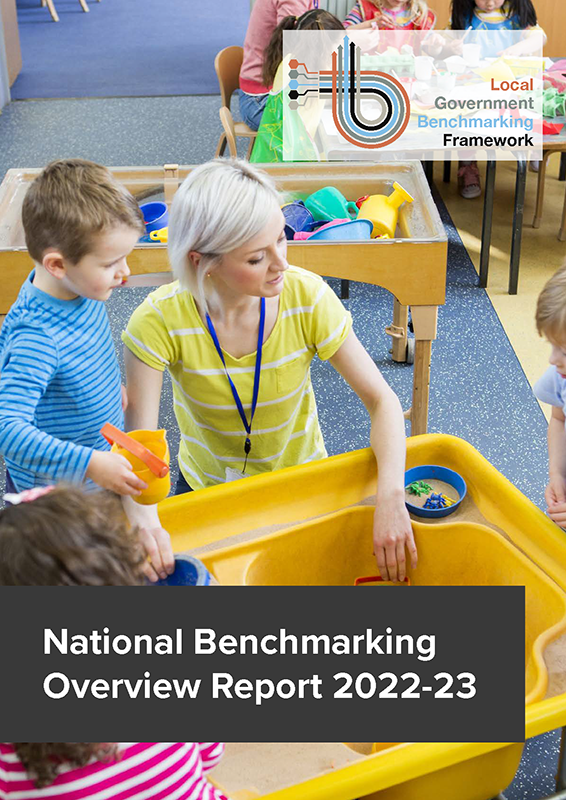 Councils are having to make increasingly difficult decisions about the shape and level of service delivery as a result of deepening fiscal, workforce and demand pressures, according to a new report published today.
Councils are having to make increasingly difficult decisions about the shape and level of service delivery as a result of deepening fiscal, workforce and demand pressures, according to a new report published today.
The 12th annual Local Government Benchmarking Framework (LGBF) National Benchmarking Overview Report looks at data from 2022/23, when councils across Scotland were being faced with unprecedented financial challenges, in the shape of soaring inflationary pressures and the cost-of-living crisis, against a backdrop of significant external and internal pressures, including those resulting from the still ongoing effects of the Covid pandemic.
The report has found that during 2022/23, funding levels for councils did not keep pace with the increasing demand, growing need and rising cost pressures facing local government. Although total revenue funding for councils increased in real terms by 0.7% in 2022/23, Audit Scotland reported that the proportion of funding ringfenced and directed, or provided with the expectation it will be spent on specific services, grew from 23.7% to 25.7%, resulting in a 1.9% real-terms reduction in revenue funding available to councils in 2022/23 to pursue local priorities.
In light of the sustained fiscal pressures and the requirement to make substantial savings, councils are facing increasingly difficult decisions in relation to their spending priorities. This led to the rate of decline overtaking the rate of improvement for the first time in 2022/23 (45% and 43% respectively) although the long-term picture does look more positive, with 66% of performance indicators within the LGBF showing improvement since the base year. If this current downward trend continues, the improvements and progress that has been achieved thus far could potentially be lost and we may start to see council service performance decline over the longer-term.
While the recent downward trend in performance improvement is true across the local government sector, the LGBF data shows that there is variation in the depth, severity and focus of impacts in individual councils.
Social care is the area where councils and their partners face significantly growing demands in part due to supporting the complex needs of people with disabilities and an ageing population, though these demands were exacerbated by the pandemic, while the current crisis in workforce recruitment and retention is adding further to the pressures facing the sector.
Workforce recruitment and retention is not just an issue within the social care sector. Councils are facing significant workforce capacity pressures, including challenges of recruitment, retention, staff absence, and an ageing workforce. The scale of the problem is growing and spans a wide range of skills, professions and occupations, with councils struggling to find and to keep the staff they need.
One of the most worrying findings from this year’s report is the increasing poverty and financial hardship being experienced by communities at a time when councils have reducing capacity to support them. Data in this year’s LGBF reveals the ongoing consequences of the cost-of-living crisis on the levels of financial hardship facing communities. However, councils have moved quickly to provide support to communities, deploying a range of measures aligned to local needs.
The welcome news is that, despite the many challenges it faces, the local government sector is taking steps of its own to mitigate the effects of these and seeking to ensure the ongoing sustainability of services through focusing on a programme of sector-led performance improvement and transformation.